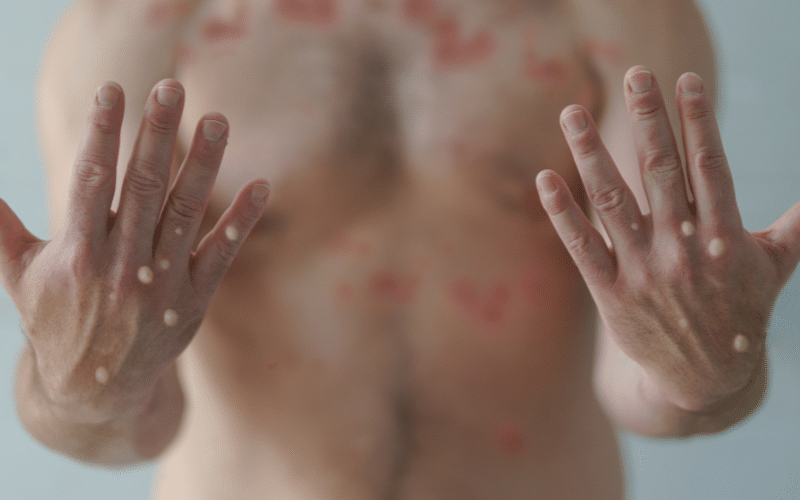5. Blisters and Pustules: The Painful Side of Ringworm Infections

In some cases, ringworm infections can lead to the formation of blisters and pustules. Blisters are fluid-filled sacs that form on the skin’s surface, while pustules are similar but contain pus. These symptoms are typically more common in severe or persistent cases of ringworm and can be painful or tender to the touch.
The formation of blisters and pustules may be the result of the body’s immune response to the infection, or it may be due to a secondary bacterial infection caused by scratching or breaking the skin.
To manage blisters and pustules, it is essential to keep the area clean and dry to prevent further infection. Over-the-counter antifungal creams or ointments should be applied to the infected area to help reduce fungal growth, while avoiding the direct application of the cream to open blisters or pustules. It is important not to puncture or squeeze blisters and pustules, as this can introduce bacteria and lead to a secondary infection.
If the blisters or pustules become increasingly painful, swollen, or show signs of infection (such as pus, increased redness, or a foul odor), it is essential to consult a healthcare professional for further evaluation and treatment. In these cases, a stronger prescription medication or antibiotic treatment may be necessary to effectively manage the symptoms and promote healing. (5)